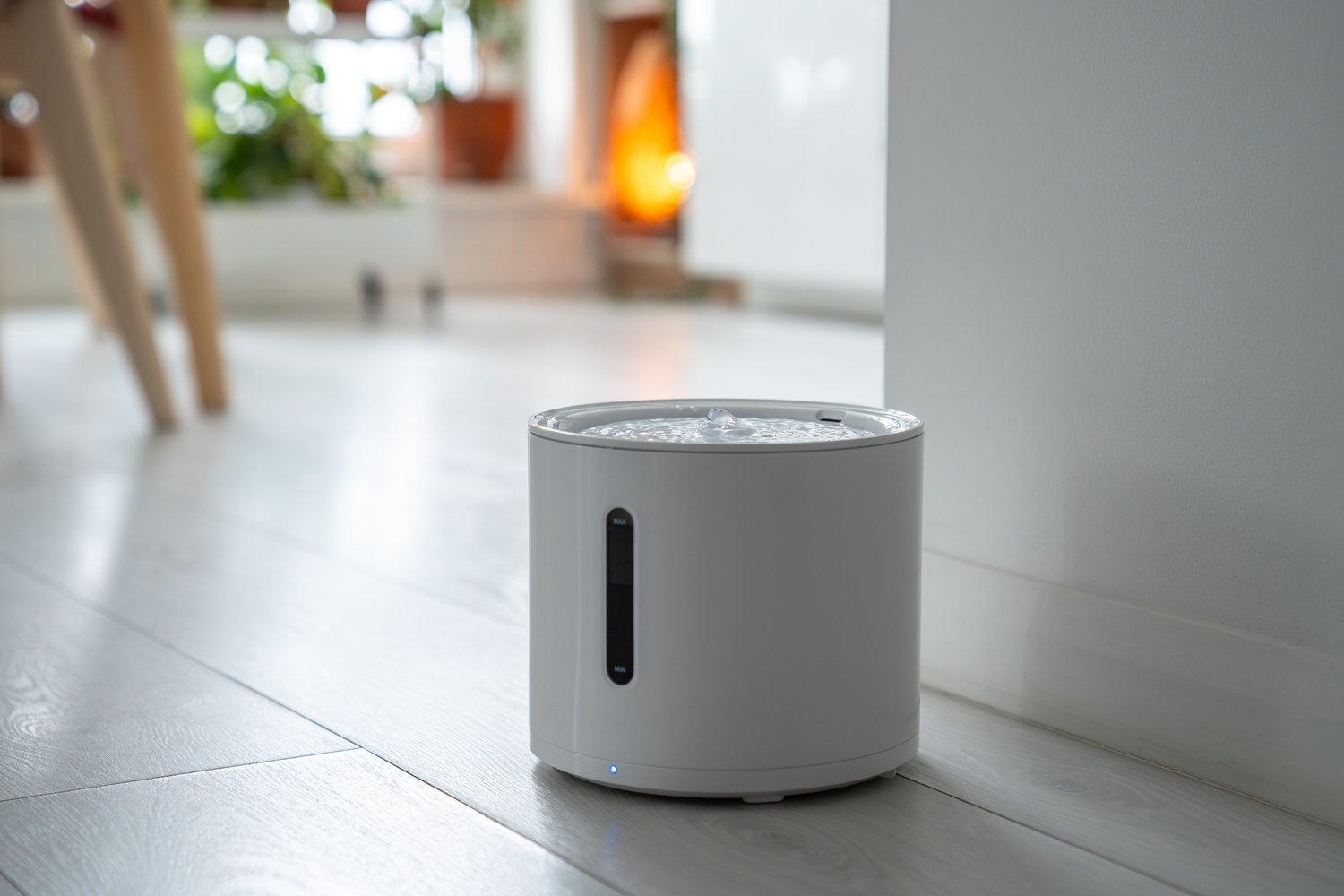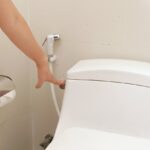Basements are notorious for their damp conditions, but what happens when your trusty dehumidifier stops pulling its weight? If your basement dehumidifier is acting up, you’ve come across the right guide to restore its optimal function and keep your home comfortable. Delve into the intricacies of effective dehumidifier troubleshooting and keep humidity levels in check.
- Learn to identify common basement dehumidifier issues like poor airflow and unusual noises, allowing for quick and efficient solutions.
- Discover simple yet effective fixes, such as cleaning filters and checking power sources, to kickstart your dehumidifier back into action.
- Explore advanced troubleshooting techniques to address persistent problems and enhance your appliance’s performance.
Immerse yourself in this comprehensive guide to unlock practical solutions for maintaining a moisture-free basement. By understanding the mechanics behind common issues, you’ll ensure your dehumidifier operates seamlessly, preserving both comfort and the appliance’s longevity.
Identifying Common Problems in Basement Dehumidifier Troubleshooting
Basement dehumidifiers are essential for maintaining a comfortable and moisture-free environment. However, they can sometimes experience issues that hinder their performance. Identifying these common basement dehumidifier problems is the first step in addressing them effectively.
One frequent issue is poor airflow, which can result from clogged or dirty filters. When airflow is restricted, the dehumidifier struggles to remove moisture efficiently, leading to increased humidity levels.
Another typical problem is unusual noises during operation. These noises might indicate loose components, fan obstructions, or issues with the motor. Unexplained sounds should be investigated promptly to prevent further damage.
Understanding these common issues can significantly aid in basement dehumidifier troubleshooting, allowing you to rectify problems quickly and keep your device functioning optimally. By focusing on these areas, you ensure a comfortable basement environment while prolonging the life of your appliance.
Quick Fixes for Basement Dehumidifier Malfunctions
When facing dehumidifier malfunctions, starting with some simple troubleshooting steps can often resolve the issue without the need for professional assistance.
Begin by cleaning the filters. Filters can become rapidly clogged with dust and debris, restricting airflow. Removing and washing or replacing the filters can restore optimal airflow and efficiency.
Next, ensure that the power source is functioning properly. Check all connections and test the outlet with another device. Sometimes, power issues can originate simply from a tripped breaker or a faulty outlet, rather than the dehumidifier itself.
Lastly, try resetting the unit. Many basement dehumidifiers have a reset button or an automatic option via the control panel. Resetting can clear any error codes and restore the unit’s factory settings, potentially resolving operational hiccups.
Employing these quick fixes can often address minor malfunctions, ensuring that your basement dehumidifier continues to operate smoothly and efficiently.
Advanced Strategies for Basement Dehumidifier Troubleshooting Success
A basement dehumidifier plays a crucial role in maintaining optimal humidity levels, especially in spaces prone to dampness. Sometimes, issues persist even after basic troubleshooting. Here, we delve into advanced strategies to ensure your dehumidifier performs efficiently and effectively.
Inspecting Internal Components
Often, persistent problems in basement dehumidifier operation arise from internal component issues. Start by unplugging your unit for safety, then remove the outer casing to access the internal parts. Check the coils for frost or ice buildup, as this can hinder performance. If coils appear frozen, it might be due to a faulty sensor or incorrect room temperature settings. Inspect the fan motor for any signs of wear or damage, as a malfunctioning fan can impede airflow, leading to overheating and reduced efficiency.
Evaluating the Room’s Environment
The environment in which your dehumidifier operates can greatly impact its effectiveness. Make sure the room’s temperature and humidity levels align with the unit’s design specifications. A dehumidifier meant for higher temperature settings will not perform well in cold environments. Consider the placement of your unit; it should be placed away from walls and obstructions to promote good airflow. Evaluate any potential sources of excess moisture in the basement, such as leaks or groundwater intrusion, and address these issues to enhance your dehumidifier’s performance.
Employing these advanced troubleshooting tactics not only improves the operation of your basement dehumidifier but also extends its lifespan. Regular checks of internal components and environmental assessments are key steps in maintaining optimal humidity control and ensuring a comfortable living space.
FAQs About Basement Dehumidifier Troubleshooting
Why is my basement dehumidifier not collecting water?
Check if the humidity level is set higher than the current room humidity. Ensure the tank is properly positioned and the filter is clean.
What causes my dehumidifier to make loud noises?
Loud noises can be due to loose components or dirt buildup. Tighten any loose screws and clean the unit to resolve the issue.
How often should I clean the dehumidifier filters?
Clean the filters every two to three weeks to maintain efficient performance and air quality.
Why does my dehumidifier keep shutting off?
This could be caused by a full water tank, a clogged filter, or an incorrect humidity setting. Check and correct these issues.
Can I run my basement dehumidifier continuously?
Yes, but ensure to monitor humidity levels and empty the tank regularly. Consider models with a continuous drainage option for convenience.





